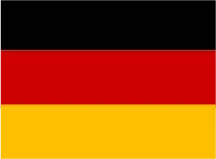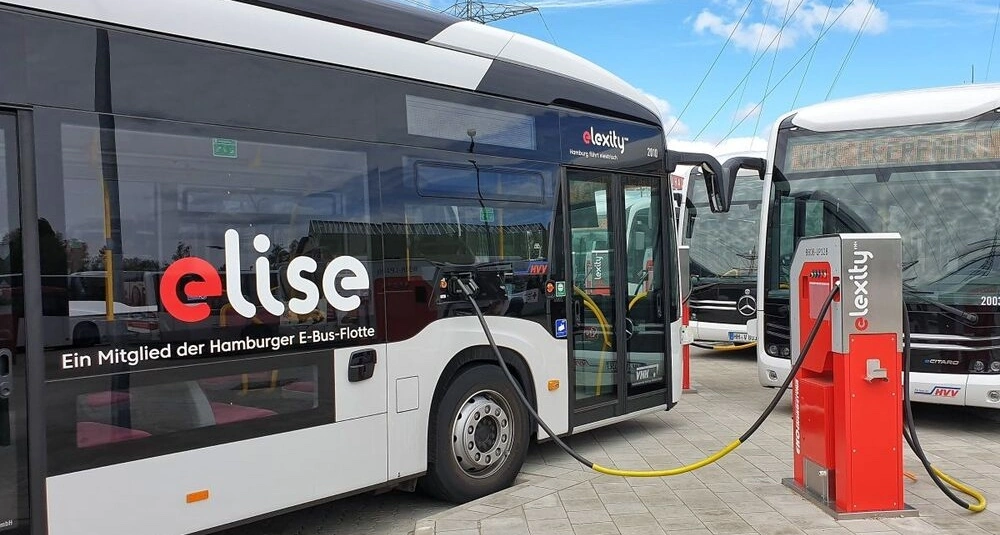The majority of the almost 700 buses operated by the German municipal company Verkehrsbetriebe Hamburg-Holstein GmbH (VHH), serving 166 routes in the metropolitan region of Hamburg, still run on diesel.
Since 2020, only emission-free buses are being acquired in the city, and the conversion of transportation services in the region to new propulsion systems is now underway.
By 2030, all buses in Hamburg must be completely emission-free.
Currently, out of the total, 135 vehicles are electric, and ten are hybrids. All of them are already in regular service, with 48 being put into operation.
According to information from the third-largest municipal bus company in Germany, as reported to Mobility Portal Europe, “in 2024, the fleet will gradually grow to 289 vehicles.“
In the next decade, their fleet will be entirely emission-free.
It is noteworthy that VHH put its first electric bus into operation in 2014.
This is the minibus from the Italian manufacturer Rampini, which is still in service today, operating on route 488 in the Blankeneser Treppenviertel district.

Currently, the eBus fleet is mainly composed of the Mercedes-Benz eCitaro and MAN Lion’s City models.
The former takes eMobility to a whole new level with its smart combination of battery and innovative charging technology, interconnected with communication and computer systems.
It has a range of up to 200 kilometers.
On the other hand, the Lion’s City has a range of up to 350 kilometers and allows for a high degree of operational flexibility.
“Both vehicle models have proven to be efficient in operation,” state VHH representatives.
Under the brand elexity, VHH brings together all aspects of sustainable mobility.
This includes adapting infrastructure for eMobility in depots, specially trained personnel, and vehicles running on 100 per cent green electricity.

At this point, digitization plays a crucial role in the electrification of their bus fleet.
To rapidly advance in this field, the company is introducing various systems from different manufacturers simultaneously.
For this purpose, they have created their own digitization division, ensuring comprehensive coordination.
To use eBuses more efficiently, key factors must be considered in the planning stage.
These include energy consumption, which can vary considerably depending on topography, traffic routes, expected external temperatures, and occupancy levels or battery capacity.
The company’s EVs are categorized based on individual range data.
An annual review of this categorization allows for the consideration of possible signs of battery aging.
Energy consumption based on topography and traffic routes is recorded by the eITCS and fed back into the planning system as a basis for planning.
The control center can intervene if it becomes evident that a vehicle is not reaching its target rotation.
The eITCS then transmits the actual values to the EDS system.
There, they are enriched with forecasted data from the Hamburg Urban Data Platform.
This ensures that short-term influencing factors are also taken into account in vehicle scheduling.
How do they plan the charging of the eBuses?
The entire fleet is charged during the night hours in the company’s bus depots.
This decision was made after a thorough review of operational processes and considering the structural requirements of the Hanseatic City of Hamburg.
At VHH, energy is supplied via medium voltage (10,000 V).
Various combined stations are linked to the medium voltage ring in the bus depot through transformers that adjust this voltage to a range of 400 V to 240 V.
These stations also incorporate power module rectifiers, responsible for transforming alternating current (AC) voltage into direct current (DC) voltage and regulating it in an interval between 0 and 1000 V.
Currently, there is a challenge in electricity storage in the energy procurement process in Germany.
Therefore, VHH is evaluating the possibility of implementing photovoltaic systems in all its new buildings during the planning phase.
In this way, Verkehrsbetriebe Hamburg-Holstein GmbH has developed particular expertise in the field of new mobility.
“VHH is a driver of important future topics in eMobility and digital mobility,” emphasizes the company.








